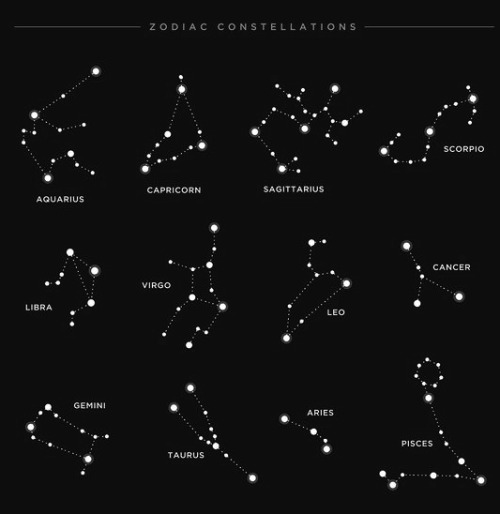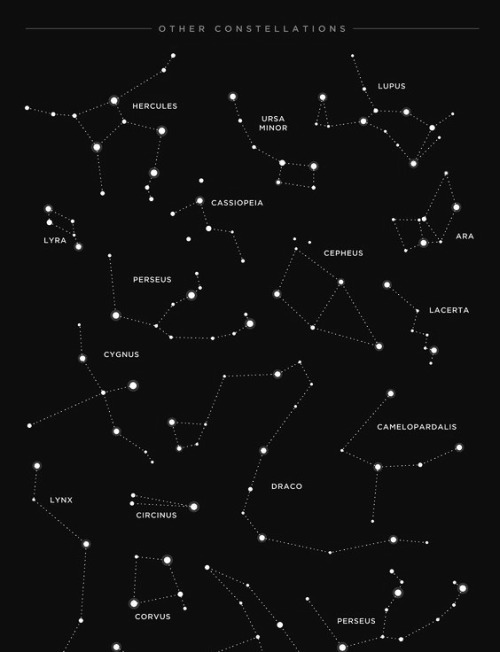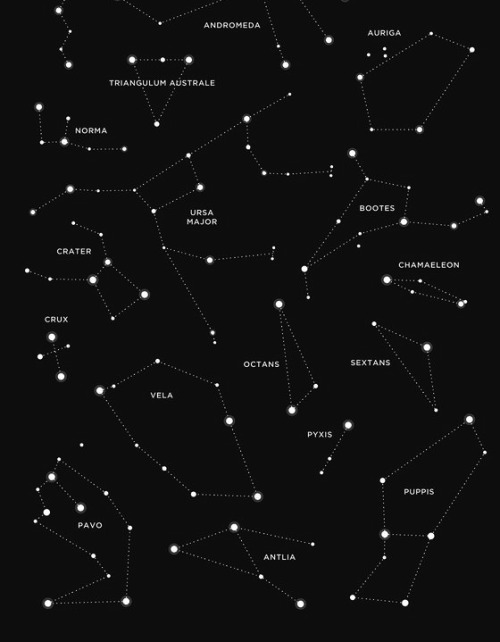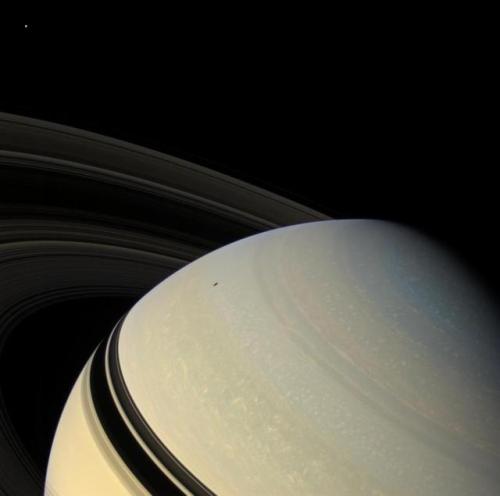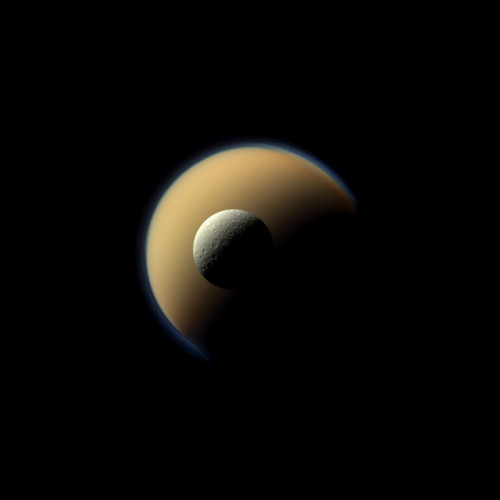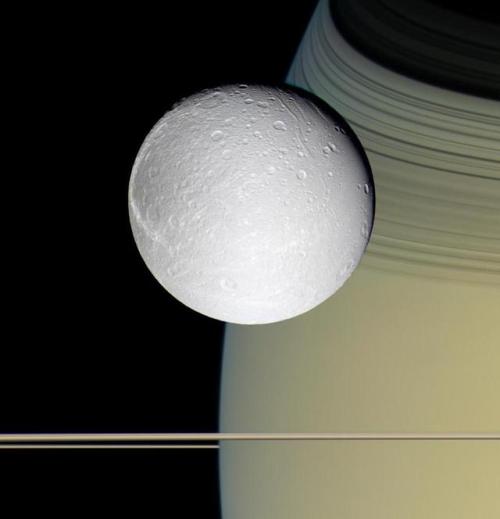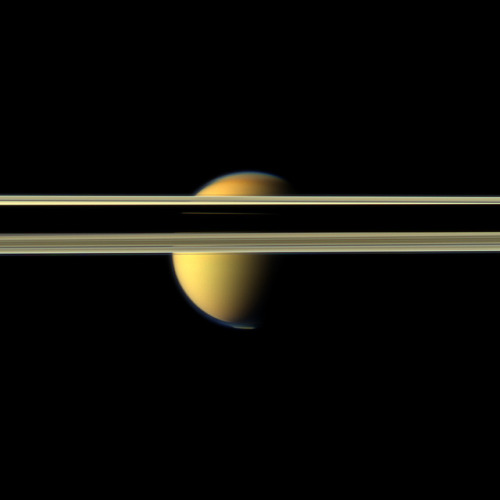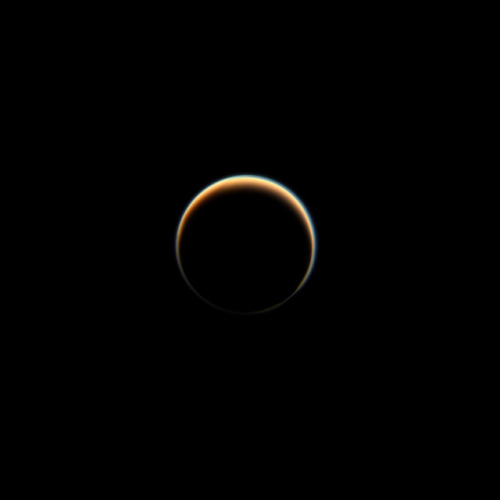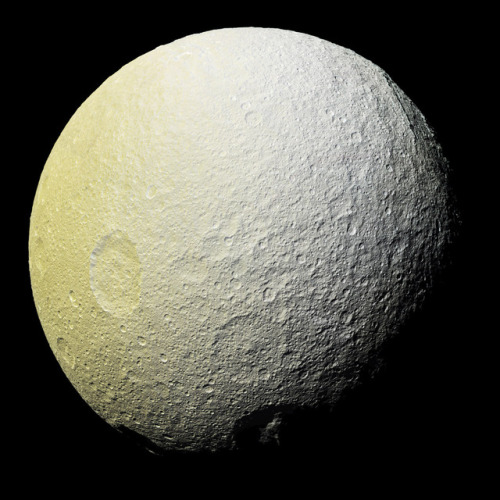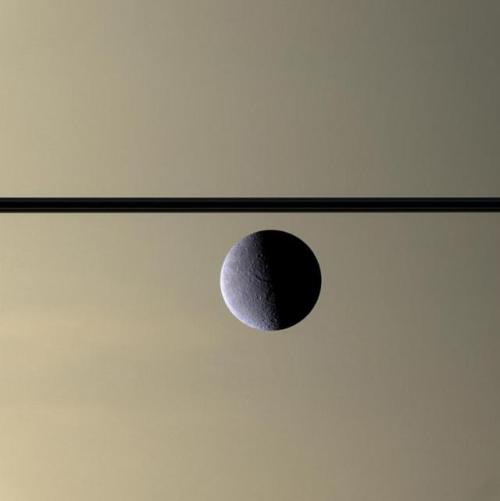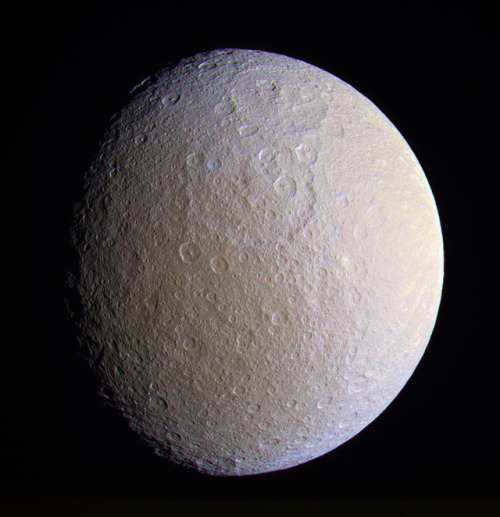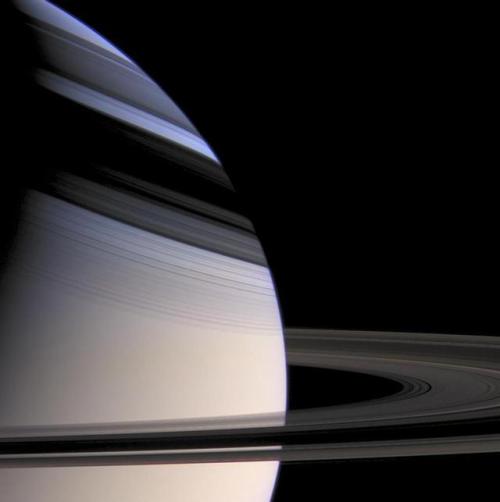159 posts
Latest Posts by xnzda - Page 4

Callisto, Jupiter’s heavily-cratered Galilean moon that’s around 99% as large as Mercury but only a third as massive, bears a striking resemblance to that planet.
via reddit

Image of Messier 81 (M81). Located about 12 million light-years away in the Ursa Major constellation, M81 is among the brightest of the galaxies visible by telescope from Earth.
Image credit:NASA/JPL-Caltech/ESA/Harvard-Smithsonian CfA

The Icy Comet
This image of Comet C/2001 Q4 (NEAT) was taken at the WIYN 0.9-meter telescope at Kitt Peak National Observatory near Tucson, Ariz
Image credit: NASA/ National Science Foundation

The Egg Nebula
The Egg Nebula is approximately 3,000 Light years away from Earth.Resembling a rippling pool illuminated by underwater lights, the Egg Nebula offers astronomers a special look at the normally invisible dust shells swaddling an aging star. These dust layers, extending over one-tenth of a light-year from the star, have an onionskin structure that forms concentric rings around the star.
Image credit: NASA

The moon occluding the sun during an eclipse. The fine threads you can see are part of the solar corona, and actually titanic spools of ultra-hot plasma, curling and bending with the sun’s complex magnetic field.

Hoag’s Object Hoag’s Object is a non typical galaxy of a type known as a ring galaxy. It is a nearly perfect ring of hot blue stars which circle around the yellow nucleus of this ring galaxy. The galaxy is approximately 600 million light years away from the constellation Serpens. Image credit: NASA

The Boomerang Nebula (Bow-tie Nebula)
The Boomerang Nebula is about 5000 light years away from the Earth, situated in the constellation Centaurus and is the coldest place known in the entire universe at a temperature of 1K. According to the astronomers, the nebula houses a central dying star which has been losing one-thousandth of a solar mass of material from the last 1500 years. The bow-tie shape of the nebula is said to have formed due to very fierce winds (blowing at about 500,000 kmph) blowing the ultra cold gas away from the dying star.
Image credit: Hubble/NASA/ESA

Antennae galaxies, an intense star-forming region created when two galaxies began to collide some 200 million to 300 million years ago. The bright, blue-white areas show newly formed stars surrounded by clouds of hydrogen, which are colored pink. A similar collision is expected between our galaxy, the Milky Way, and the nearby Andromeda galaxy in several billion years.
Source: national geographic
Credit:NASA/ESA/HUBBLE

Burst of Celestial Fireworks : Like a July 4 fireworks display a young, glittering collection of stars looks like an aerial burst. (via NASA)


Jupiter in Near-Infrared & Jupiter and Ganymede in Near-UV and Blue
Image credit: Judy Schmidt @ twitter | instagram











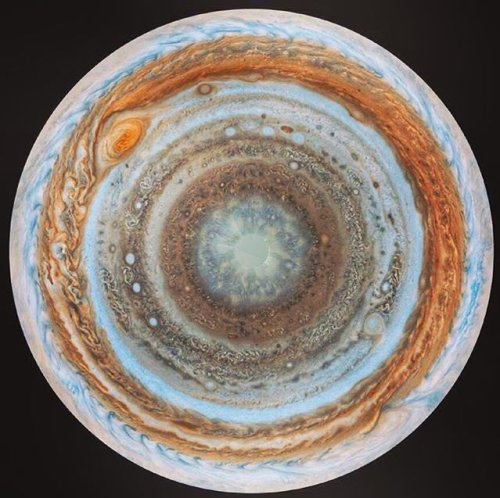





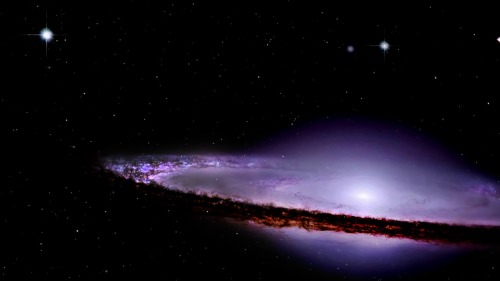





![M51, The Whirlpool Galaxy [3450 X 3697]](https://64.media.tumblr.com/e3d38132c6a1bab2d6a3d758e2137b6d/tumblr_plzsxlWKMO1ve10t6o1_500.jpg)


